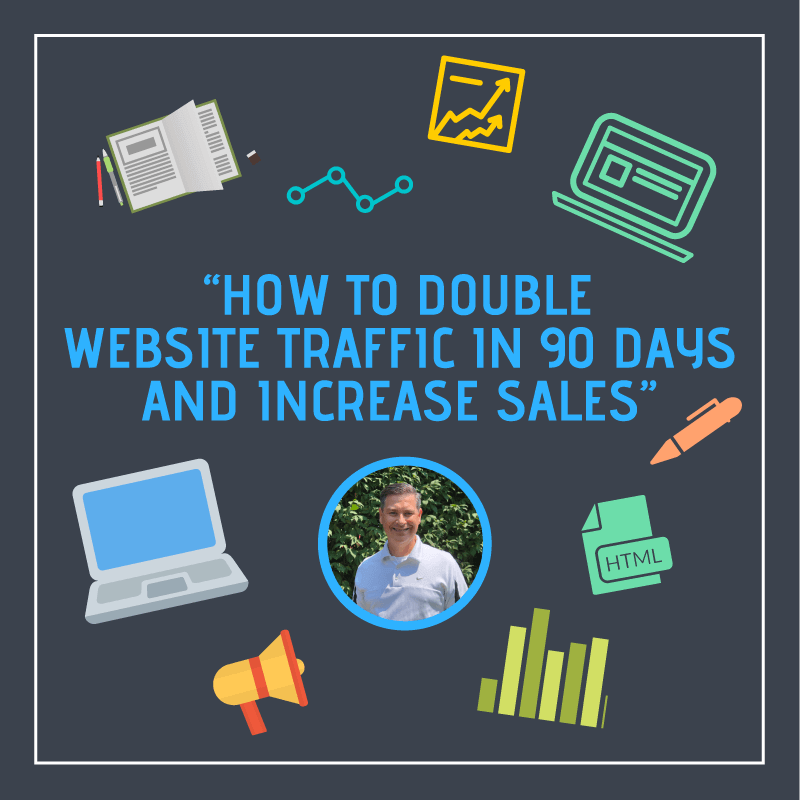How to Use Data-Driven Marketing Strategies

Data-driven marketing has transformed through the years with the technological advancements, from an innovative approach to a fundamental part of advertising and marketing strategies. It can be explained multiple ways, but here’s a simple way to describe it:
Data-driven marketing refers to a plan made based on the insights pulled-out from the analysis of big data; that’s collected from consumer interactions and engagements, to form predictions about future behaviors. It involves understanding the data you gathered, the information you can get, and how to organize, analyze, and apply the data you got to make a better marketing strategy.
The Benefits of Marketing Data
You and your consumer can gain a lot from taking a data-driven approach to marketing. When it’s implemented the right way, listed down below are its benefits:
- Refined Customer Experience- A lot of big brands use data-driven marketing to improve their customer experiences. They often arrange a satisfaction survey and pinpoint a specific area of improvement.
- Personalized Marketing- Data-driven marketing allows your brand to create a customized campaign that converts to leads through a deeper understanding of your customers
- Multi-Channel Experience- To extend reach across different networks, marketers can utilize pieces of information and bring communications beyond email. Distributing data-driven advertisements across channels through automated marketing campaigns will guarantee that your message is consistent, aligned, and reaches each recipient in the right place and at the right time.
- Better Product Development- You can establish a better understanding of your target audiences, which leads to the development of better-suited products for your target market. This way, you can diminish product failure rates.
Google Analytics data is available for free; there’s no excuse anymore for you to ignore your data. All you need to do sign up for an account and install the tracking code after that, you’ll be able to see how well your website performs and who is visiting your site.
The data you can track is almost endless; here are the key metrics included:
- Sessions- A single visit to your website, consisting of one or more page views, along with events, e-commerce transactions, and other interactions. By default, a session ends after 30 minutes of inactivity or when a user closes a browser window.
- Source- Communicates where the user came from. For example, if the medium was “organic,” the source might be “google.com.”
- Referrals (how users found your site)– When a user clicks through to your website from another third-party website.
- Conversions- It refers to the completed activity that is important to the success of your business, e.g., a completed sign-up for your email newsletter or a purchase.
- Bounce rate- This is the percentage of single-page visits. If the success of your site depends on users viewing more than one page, then a high bounce rate is bad.
- Exit Rate- is the percentage that was the last in the session. For all sessions that start with the page, Bounce Rate is the percentage that was the only one of the session.
- Site Search- Let’s you understand the extent which user took advantage of your site’s search function and which search terms they entered.
Google Analytics Integration
Another benefit of using Google Analytics for marketing is the built-in ability to integrate your data with other Google accounts like AdWords and Google Search Console. AdWords with Analytics allows you to gain detailed information on your ad campaigns and identify areas for improvement. Using Analytics with Search Console lets you view individual page performance. This feature is especially useful for evaluating landing pages.
Now that you have all this data, the next step is conversion. With the information you can access through analytics, you can gain a more accurate picture of user behavior and apply that knowledge to future digital strategies.
How Should I Use Result from Analytics?
Start by identifying two to three customer segments, separated by demographics and user behavior. Consider their topics of interest to suggest relevant content, whether at the end of a page, a pop-up, or in your email newsletter.
If your business already has well-established buyer personas, data can ensure your personas to remain accurate. Use data on user behavior as a diagnostic for your audience segments. Do the user groups visit your site line up with your intended audience? If so, monitor performance to ensure you continue to reach your target audience.
If your visitors don’t quite match your expectations, adjust your strategy to improve brand awareness among your intended buyers. You might also discover a new audience segment online. Then you can begin creating content and offers more relevant to them.
Market Opportunities: You can also use analytics data to identify gaps in the market and chances to outsmart your competition. Your visitors’ search queries are one way to discover opportunities for new content, more relevant offers, or even new products and services.
Final Thoughts
The future remains very bright for data-driven marketing. Data-driven solutions are becoming an essential part of successful marketing campaigns. Due to the increasing needs of customers and their expectations for more personalized experiences.
Design Source Media










